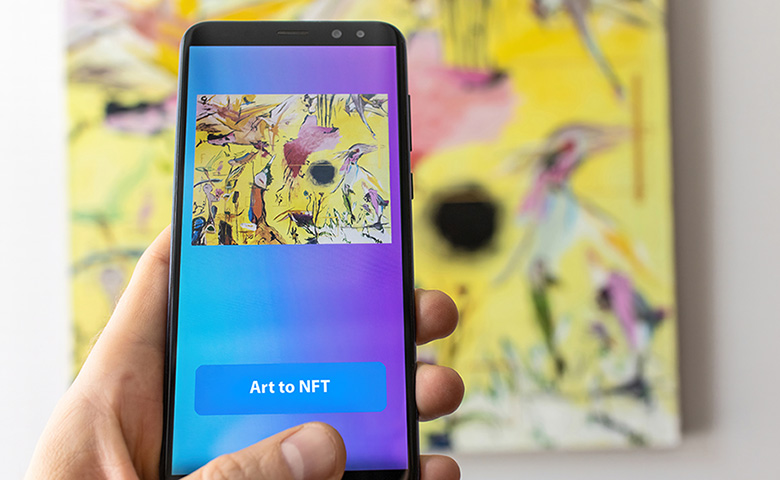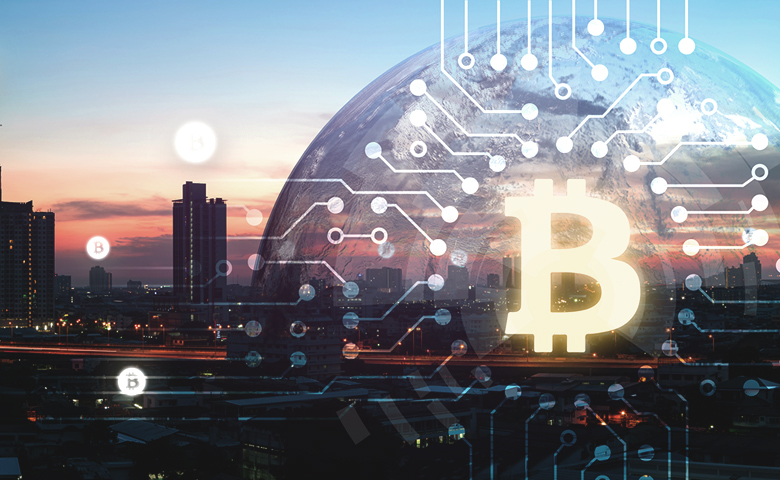Blockchain: Catallaxy
Sécurisez vos données et facilitez vos transactions grâce à un système d’échange fonctionnant sans contrôle central, où les informations sont distribuées de façon confidentielle à travers une chaîne numérique de pair à pair.
Catallaxy s’appuie sur la technologie de la blockchain (chaîne de blocs) et fait appel à son expertise pour vérifier, authentifier et certifier vos données numériques. Tous les domaines peuvent bénéficier de cette nouvelle technologie numérique. Entre autres :
- Finance;
- Bioalimentaire;
- Assurance;
- Tourisme, loisirs et culture;
- Secteur manufacturier;
- Arts et culture;
- Commerce de détail.
Filiale de Raymond Chabot Grant Thornton, Catallaxy développe des produits et des services dans les domaines de la finance, de la comptabilité, de l’économie numérique et de la numérisation des actifs physiques (biens de consommation, actifs alimentaires, immobiliers et manufacturiers et documents juridiques).
L’équipe de Catallaxy est à la fine pointe des connaissances des nouvelles technologies et compte dans ses rangs certains des meilleurs talents de l’industrie. Nous avons un groupe d’experts en technologies innovantes, telles que l’analyse de données cryptographiques, la blockchain (chaîne de blocs), la tokenization (segmentation en unités) et l’intelligence artificielle pour développer des produits et des services pouvant contribuer à instaurer la confiance dans une économie numérique.
Nos solutions
Avec nos experts, nous développons des produits et des services pour résoudre les problématiques liées à l’authentification des données dans le cadre des nouvelles technologies :
- Audit de cryptomonnaies et blockchain (chaîne de blocs) : évaluation et préparation de votre audit de cryptomonnaies avec nos experts;
- Services-conseils : accompagnement pour définir vos enjeux et identifier les solutions en matière de blockchain (chaîne de blocs) selon vos besoins;
- Vérification diligente : analyse et réglementation de vos actifs numériques;
- Minage de cryptomonnaies (bitcoin, ethereum, etc.) : élaboration et déploiement de votre stratégie de minage.
Catallaxy dispose également de la puissance d’un réseau international et d’un grand nombre de partenaires stratégiques partout dans le monde pour vous aider à répondre à vos problématiques d’entreprise.
Devant la perspective d’un univers numérique renouvelé, nos experts invitent les entreprises de toutes tailles à prendre part à la rapide transformation technologique qui déferle sur l’économie.
Que ce soit pour l’authentification de données, la blockchain (chaîne de blocs) ou l’intelligence artificielle, Catallaxy vous accompagne pour vous aider à relever vos défis d’entreprise.
Profitez dès aujourd’hui de l’expertise de notre équipe!

Nous sommes là pour vous accompagner; communiquez avec nous!
1 888 932-7248 Courriel Voir tous les experts

